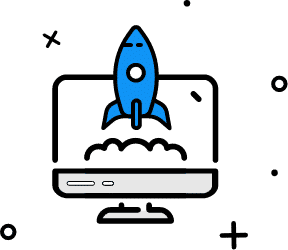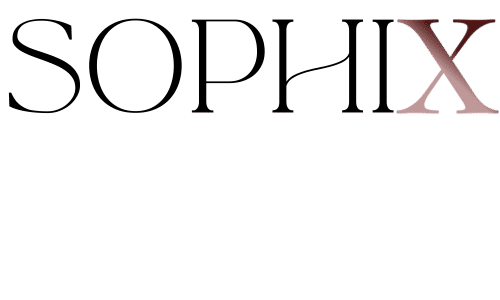In our digital world, managing content effectively is a common challenge for many entrepreneurs. One particular business owner is thinking about consolidating platforms for a more streamlined process. Let’s dive into this consideration with a practical, action-oriented approach.
The Distinct Roles of Your Digital Tools
Your Task Management Tool: The Heart of Your Project Planning
Think of your task management tool as the central hub of your project planning. It's where all your ideas come to life, are organized, and pushed forward. This tool gives you a clear and organized overview of all your ongoing projects and tasks, ensuring efficiency and clarity in your workflow.
Your Cloud Storage Service: The Vault of Your Creative Resources
On the other side, your cloud storage service acts as a vast repository for all your creative materials: documents, images, videos, and more. However, if this space isn't organized, finding specific assets can become a time-consuming task. It’s crucial to keep this area as neat and accessible as possible.

Deciding Whether to Combine Your Tools
Combining your task management tool and your cloud storage might seem like a convenient solution. But, it's essential to consider whether this integration will bring simplicity or complexity to your workflow. Will combining these tools make your work easier, or will it complicate your neatly arranged processes? Let's say two apps that you use are Asana and Google Drive and you are leaning toward merging them because you just one to use one or the other.
First, begin by realizing that each app fulfills a distinct role in how you manage your work.
Asana's Simplicity: If you find that Asana’s straightforward, less cluttered interface helps you maintain focus and manage tasks more effectively, it shows that Asana serves as a strong organizational and planning tool in your workflow. It's beneficial for keeping track of content development from inception to completion, thanks to its user-friendly design and task management capabilities.
Google Drive's Chaos: On the other hand, if Google Drive feels overwhelming and disorganized to you, but it's still your chosen tool for storing and sharing assets, this indicates that its role is more about being a repository or library of your work. Despite the lack of visual appeal or organization, it's where you keep your final products and resources.
The contrast between how you interact with and feel about these two tools highlights their unique contributions to your workflow. Asana aids in managing and organizing your work process, while Google Drive serves as a storage and sharing platform. Acknowledging these distinct roles can help in deciding how, or even if, to integrate these tools more effectively, ensuring that each continues to serve its purpose without adding unnecessary complexity to your workflow.
Let's use a very simplified example where you are a student. Think of Asana and Google Drive like two different helpers in your school project.
Asana is like a planner or organizer. It helps you keep track of what you need to do for your project. It's like having a to-do list that tells you what step you're on, what's next, and keeps everything neat and easy to follow. This is why you feel focused when you use Asana; it's like having a clear map for your project.
Google Drive is like your backpack where you keep all your project materials – your notes, pictures, and other stuff you need. But, if your backpack is messy and things are just thrown in there, it can feel overwhelming when you try to find something. That's what's happening with Google Drive. It holds all your important stuff, but it's not as neat and organized as your Asana planner.
So, when I said that each tool serves a unique purpose, it means that Asana is great for planning and staying on track (like a neat planner), and Google Drive is good for storing all your stuff (like a backpack), even if it's a bit messy.
The question about merging them is like asking if you should put your planner inside your backpack or keep them separate. If you put your planner in your backpack, everything is in one place, but it might get as messy as the backpack. If you keep them separate, you have to carry two things, but each one does its job well – the planner stays neat, and the backpack holds everything.
So, you need to decide what works better for you: having everything in one place (even if it's a bit messy) or keeping two separate tools that each do a specific job well.

Understanding Your Unique Workflow Needs
If you find your task management tool to be a more calming and organized environment, it’s a sign that it aligns well with your working style. It’s important to acknowledge how the setup of your digital tools impacts your productivity. If your cloud storage feels cluttered and overwhelming, it might be time to give it a little TLC and organize it to reflect the efficiency you enjoy in your task management tool.
Think about the times when you felt on top of your game – organized and in control. What was it about those moments that clicked for you? Was it the tools you were using, the way you organized your tasks, or a mix of both? Insights from these experiences are incredibly valuable in shaping your approach to content management.
Envisioning Your Ideal Workflow
What does a perfect workday look like for you, where managing your content is as natural as breathing? Let this vision guide your decision on whether to integrate these tools or keep them distinct. Reflect on these elements to find a system that not only efficiently manages your content but also fits seamlessly with your workflow preferences.
In short, whether you choose to merge your digital tools or maintain separate systems, the goal is to create a workflow that resonates with your personal style and efficiency objectives. Trust in your understanding of what works best for you and your business needs.






